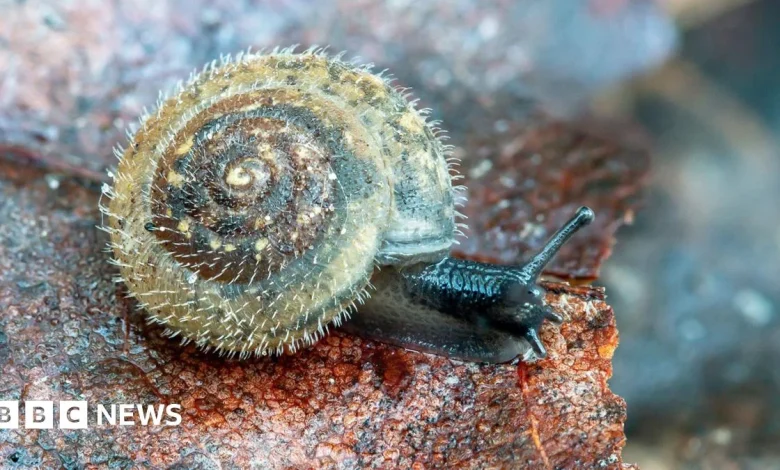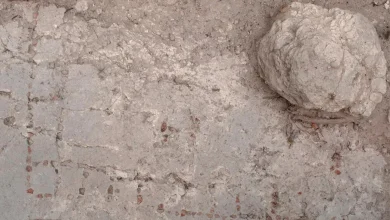Conservationists unite to save London’s rare ‘German’ hairy snail

Although first recorded in the UK in 1982, fossilised remains indicate that the German hairy snail has called the UK home since at least the Stone Age – and potentially even as far back at the last Ice Age, when Britain was still joined to mainland Europe.
During this period, the Thames was still connected to the Rhine – Germany’s longest river – which today empties into the North Sea.
Mr Pecorelli said: “These surveys will help us understand how the snail is faring and how we can protect it – not only securing their future for years to come, but also helping safeguard green spaces throughout London for people and wildlife for future generations.”
The team hopes to then build a stronger picture of the snail’s current UK range, and identify how habitat restoration, pollution management and the careful movement of snails between sites can help recover their numbers.
The fine hairs that run along the slim, round shell are thought to allow the snail to sweat off moisture, helping to make its slime sticky enough for it to cling to the slippery riverside debris and the plants it feeds on.





